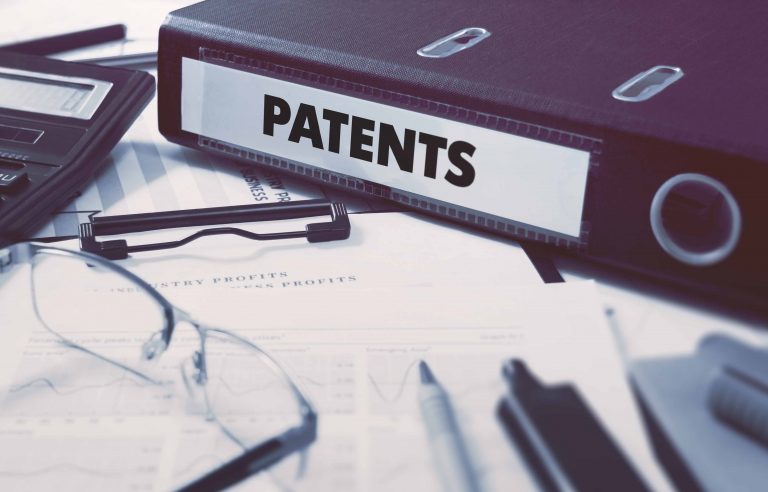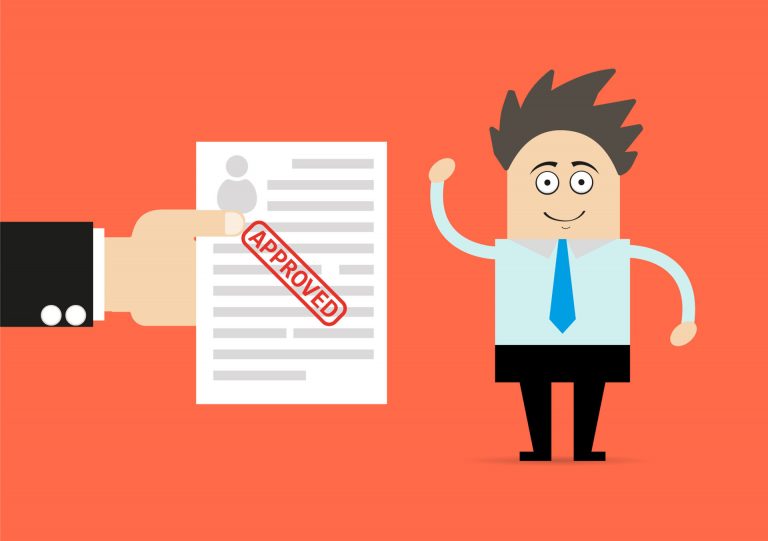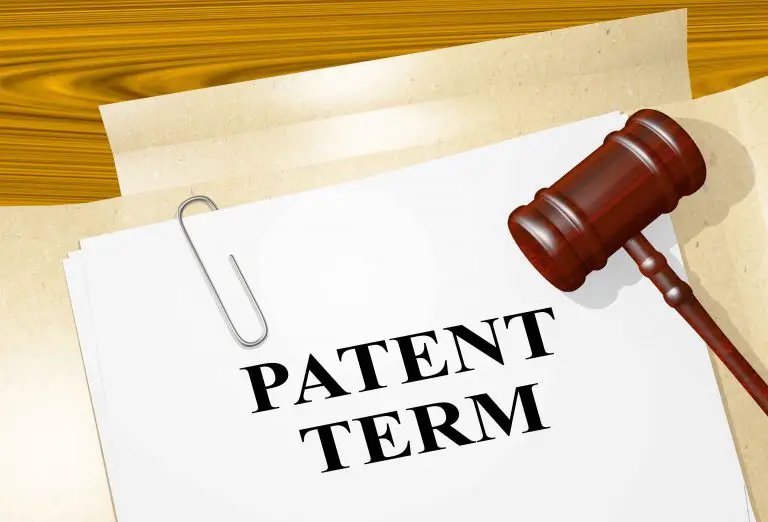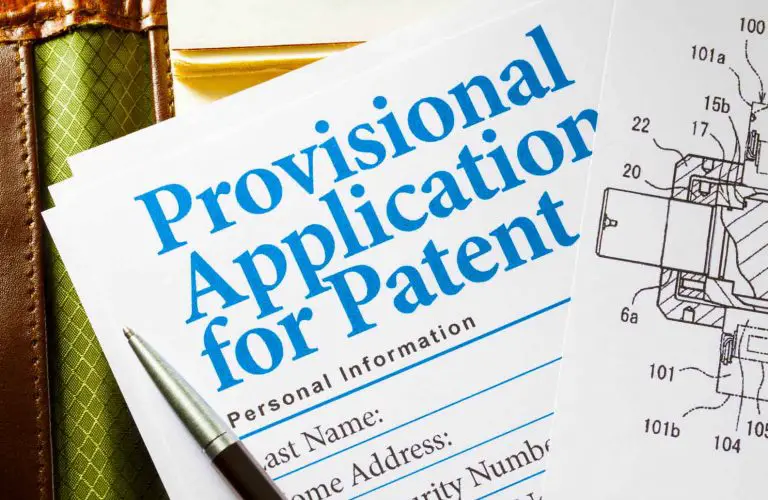How Does a Utility Patent Work?
How Does a Utility Patent Work?
A utility patent works by allowing inventors to stop others from using, making, selling, and copying their invention for a limited period of time (20 years). The 20-year patent term starts at the time an inventor files his utility patent application with the USPTO (The United States Patent and Trademark Office).
Inventors often obtain utility patents on their invention so that they can stop others from copying their invention and selling it. If a party copies an invention that’s protected with a utility patent, the inventor will be able to stop that party from making and selling his invention because he has the exclusive right under the patent to do so.
That said, it’s not the job of the patent office that issued the patent to stop others from copying and selling the inventor’s invention. The inventor has to go out, monitor what his competitors are selling. If the inventor finds someone selling an invention that works the same way as his, he can stop them from doing so by sending them a cease and desist letter. If the party copying and selling the invention does not comply, the inventor can sue them,
The inventor can bring a lawsuit against a party infringing his patent in federal court for patent infringement. The inventor will have to show that he does indeed have a patent and that a party infringed his patent by copying, using, or selling the patented invention. If the inventor is successful, the court may issue a court order, ordering the infringer to stop making, using, and selling the inventor’s invention.
How Do Inventors Get a Utility Patent?
Inventors get a utility patent by submitting a utility patent application to the USPTO. Before submitting an application, an inventor has to make certain disclosure to obtain a patent. Inventors have to describe their invention and why it deserves a patent.
To obtain a patent the inventor must show that his invention has a patentable subject matter, is new, nonobvious, and useful. If an inventor fails to satisfy any of these elements, the patent office will reject his patent application.
Although the patent office does not require applicants to be represented by an attorney, many inventors choose to hire an attorney to assist them with the preparation, filing, and prosecution of their patent application.
Once an inventor submits his patent application, the patent office will assign a patent examiner to examine the application. If the patent examiner determines that the application meets all of the requirements for patentability, the application will be approved and the inventor will be issued a patent protecting his invention.
How Long Does a Utility Patent Last?
A utility patent lasts for 20 years from the time an inventor files a nonprovisional patent application with the USPTO. That said, for an inventor to keep a utility patent, he must make periodic maintenance fee payments to the patent office.
Some inventor chooses to file a provisional patent application instead of filing a (regular) nonprovisional utility patent application. In the case where an inventor files a nonprovisional patent application that claims the benefit of an earlier-filed provisional application, the inventor may be able to protect his invention for more than 20 years. However, if an inventor chooses to convert his provisional application into a nonprovisional application, the patent term starts at the time of filing the provisional application.
How Long Do Inventors Have to Wait to Get a Utility Patent?
The USPTO has a huge backlog of patent applications. At any given time, the patent office has over 500,000 pending patent applications, so the wait times are really long for inventors seeking to patent their inventions. According to data from the patent office, it takes approximately 24 months for the patent office to either grant or deny a patent application. The more complex your invention, the more time it usually takes the patent office to examine an application.
That said, some applications will be processed quicker while others may take more time to process. Also, the patent office does offer expedited services called Track One. Inventors can use this expedited service that promises to either grant or deny a patent application within 12 months of filing a patent application. Of course, like all things that sound too good to be true, this service comes at a hefty price tag.
Why Do Inventors Get a Utility Patent?
Inventors get utility patents because they give them control over their invention. Without having a utility patent over an invention anyone could legally copy the invention and sell it without having to obtain the consent of the inventor.
However, once an inventor patents his invention, he will be able to restrict others from using, making, and selling the patented invention for a limited period of time. This period of time lasts for 20 years from the date an inventor files a utility patent application with the patent office.
Also, if an inventor does not patent his invention, another party may patent it before the inventor does. If this happens the party that patents the invention will be able to stop the inventor from using, making, and selling his own invention. This is very bad for the inventor.
This can happen in the United States because patent law awards the person who first patents an invention and not the person who first invents the invention. So, if you’re an inventor and you have an awesome invention, patenting it is the best way to protect it. If you don’t have the funds to patent it, keep it a secret and don’t disclose it to the public. That said, even if you keep it a secret, you risk someone else coming up with the same invention and patenting it.
What is an Example of a Utility Patent?
The following photo is an example of a utility patent of a beverage sleeve. The sleeve was patented for its ability to reduce the transfer of heat or cold to the consumer of a beverage.

Design Patent in Addition to a Utility Patent
In addition to getting a utility patent, inventors may be able to obtain a design patent to protect the same invention. While utility patents protect how an invention works, design patents can be obtained to protect how an invention looks. Design patents protect the aesthetics and appearance of an invention. However, design patents cannot be used to protect the functional aspects of an invention or how an invention works.
Why Do Some Inventors Choose Not to Get a Utility Patent?
Some inventors choose not to apply for and get utility patents because obtaining a patent necessitates disclosing certain technical information about how the invention works, as well as how to make the invention. For some parties, keeping their technology secret is more important than patenting it.
The second reason why many inventors choose not to get a utility patent is the cost associated with obtaining a patent. Patenting some inventions costs more than $15,000. This is a price that is just too much to stomach for some inventors.
In addition to paying to obtain a patent, inventors who obtain a utility patent still have to pay maintenance fees to keep their patents. Maintenance fees are periodic fees that must be made at 3.5 years, 7.5 years, and 11.5 years. These payments range from $400 to $7,400. So, having to make these payments often discourages inventors from patenting their invention.
How Does an Inventor Start the Patenting Process?
An inventor starts the patenting process by performing a search to determine whether the invention he wants to patent has been patented by someone else or has been publicly disclosed. If an inventor determines that nothing matches the patent he wants to patent, he can proceed to prepare and file his patent application. Once an applicant files his patent application, he has to wait for the patent office to prosecute the patent application. During this time, the patent office will either grant or deny his patent application.
How Do Utility Patents Work?
Utility patents work by allowing the applicant inventor to stop others from making, using, and selling the patented invention for a limited period of time of 20 years for utility patents. If someone else copies, makes and sells an invention that works similarly to the inventor’s invention, the inventor will be able to legally stop them from doing so. If you have any general questions or comments, please feel free to leave them in the comments section below.








